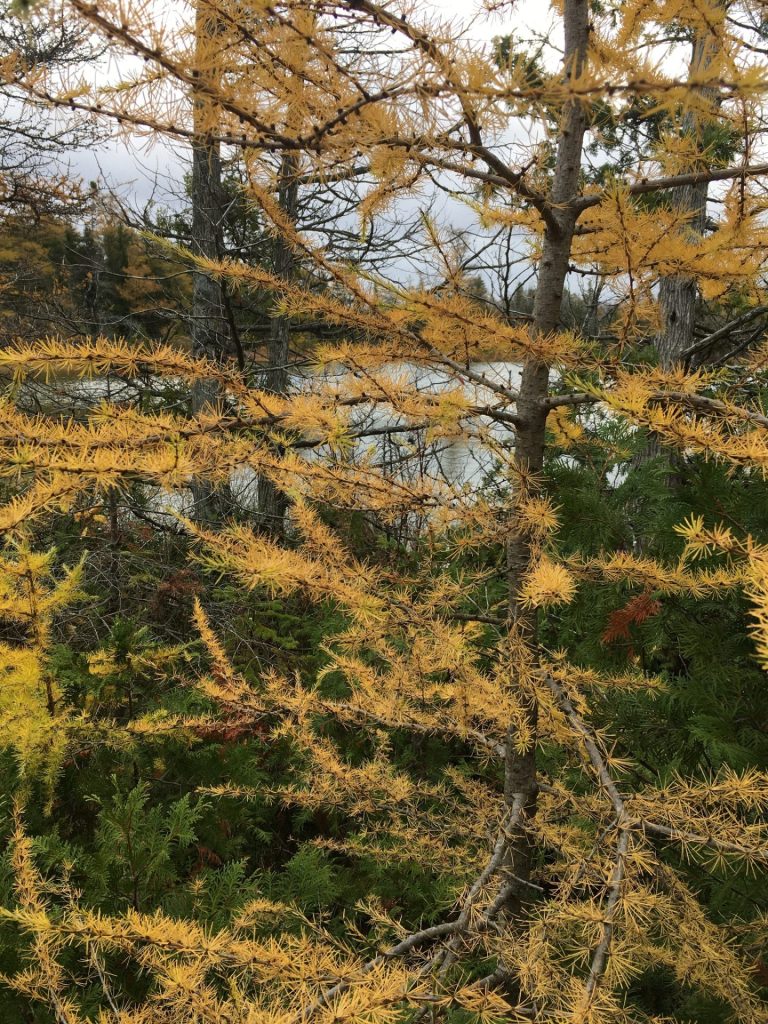Posts Tagged ‘Structure’
Chokecherry
Deciduous shrub or small tree reaching 6-10 m tall. Features oval leaves with finely toothed edges and long clusters of small white flowers in spring. Produces small, dark red to black cherries. Adaptable to various soil conditions and full sun to partial shade. Provides food for birds and wildlife. Suitable for naturalized areas, windbreaks, and wildlife gardens. Native to most of North America.
Read MoreBlack Cherry
Deciduous tree growing 15-30 m tall with a narrow to rounded crown. Features finely toothed, lance-shaped leaves and long clusters of small white flowers in late spring. Produces small, dark purple fruits. Prefers well-drained soils and full sun to partial shade. Important food source for birds and wildlife. Valuable timber tree. Suitable for naturalized areas and large landscapes. Native to eastern North America.
Read MoreAmerican Plum
Deciduous shrub or small tree growing 3-8 m tall. Features finely toothed, ovate leaves and clusters of fragrant white flowers in early spring before leaves emerge. Produces edible, tart plums. Prefers well-drained soils and full sun to partial shade. Provides food for wildlife and early nectar for pollinators. Suitable for naturalized areas, wildlife gardens, and edible landscapes. Native to eastern and central North America.
Read MoreCanadian Plum
Deciduous shrub or small tree reaching 6-10 m tall. Features ovate leaves with double-serrated edges and showy white to pink flowers in early spring before leaves emerge. Produces edible, dark purple plums. Prefers moist, well-drained soils and full sun to partial shade. Provides food for wildlife and early nectar for pollinators. Cold-hardy. Suitable for naturalized areas and edible landscapes in colder regions. Native to northeastern North America.
Read MoreNinebark
Deciduous shrub growing 1.5-3 m tall. Features lobed leaves, clusters of white to pink flowers in late spring, and persistent reddish fruit capsules. Adaptable to various soil conditions and full sun to partial shade. Drought-tolerant once established. Attracts butterflies and provides cover for birds. Suitable for hedges, screens, and naturalized areas. Native to eastern and central North America.
Read MoreSweet Gale
Deciduous shrub growing 1-2 m tall. Features aromatic, leathery leaves and inconspicuous catkins in early spring. Prefers wet, acidic soils and full sun to partial shade. Nitrogen-fixing roots improve soil. Tolerates flooding and salt spray. Important for wetland ecosystems. Suitable for bog gardens, wetland restorations, and shoreline plantings. Native to northern regions of North America, Europe, and Asia.
Read MoreNorthern Bayberry
Semi-evergreen shrub reaching 1.5-3 m tall with aromatic, leathery leaves and waxy gray berries persisting through winter. Tolerates sandy, infertile soils and salt spray. Features nitrogen-fixing root nodules. Male and female plants needed for berry production. Excellent for coastal landscapes, dunes, and poor soils. Berries important for winter bird food.
Read MoreTulip Tree
Deciduous tree reaching 20-30 m tall with a straight trunk and pyramidal to broad crown. Features unique, 4-lobed leaves and large, tulip-shaped flowers with greenish-yellow and orange markings in late spring. Prefers deep, rich, well-drained soils and full sun. Provides nectar for pollinators and seeds for wildlife. Suitable for large landscapes and shade trees. Native to eastern North America.
Read MoreSpicebush
Deciduous shrub reaching 2-4 m tall. Features oval aromatic leaves and small yellow flowers appearing before leaves in early spring. Female plants produce bright red berries. Prefers moist, rich woodland soils and partial shade. Spectacular golden-yellow fall color. Important wildlife plant and host for spicebush swallowtail butterfly. Suitable for woodland gardens and naturalized areas. Native to eastern North America.
Read MoreTamarack
Deciduous conifer reaching 15-25 m tall. Features soft, needle-like leaves in clusters, turning golden before dropping in fall. Produces small, upright cones. Prefers moist to wet, acidic soils and full sun. Tolerates poor drainage and cold temperatures. Provides food and habitat for wildlife, particularly in boreal regions. Suitable for wetland restorations and as a unique specimen tree in large landscapes. Native to northern North America.
Read More






